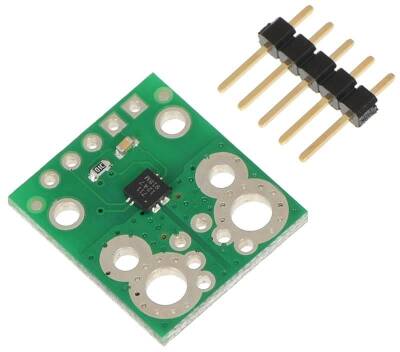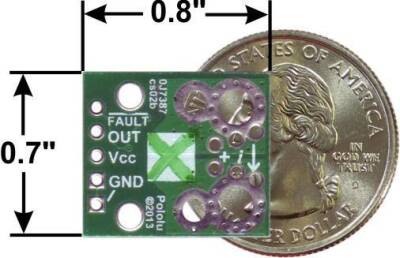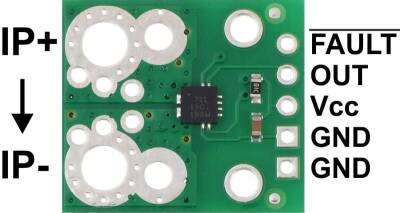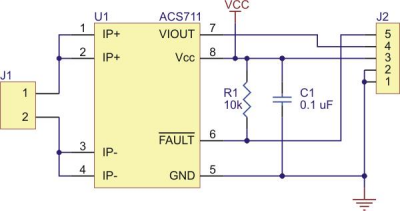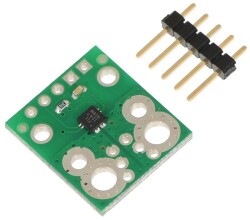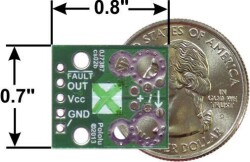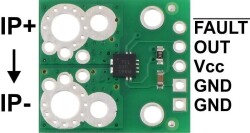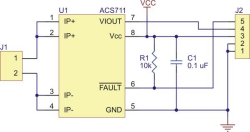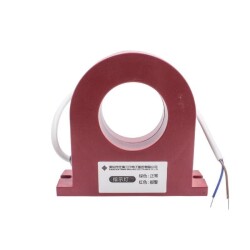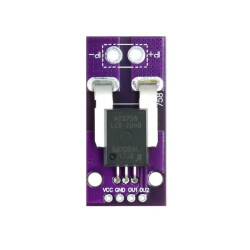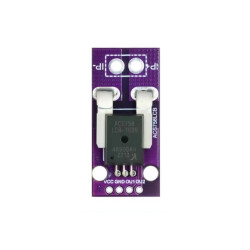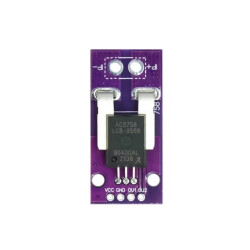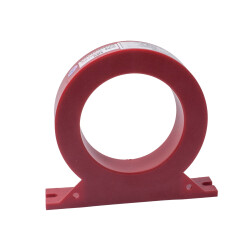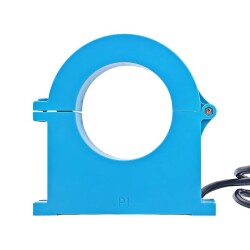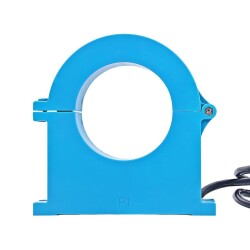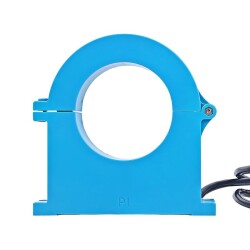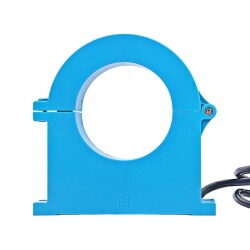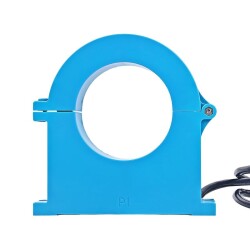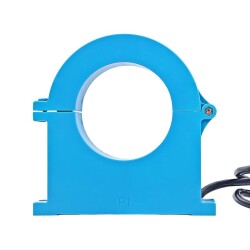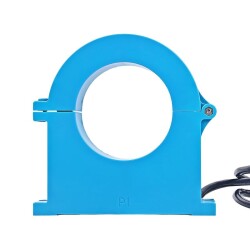0
Comment
ACS711EX Current Sensor -31A / +31A
169,65
TL
+
VAT
203,58
TL
Notify Me When It Arrives
Notify Me When It Arrives
ACS711EX Current Sensor -31A / +31A
This current sensor is based on Allegro's ACS711KEXLT-31AB-T Hall effects-based linear with overcurrent fault output is a carrier board or main board for the current sensor; Therefore, before using this product ACS711 datasheet
Technical Features
- Designed for bidirectional input current from -31 A to 31 A (rugged sensor IC can allow 100 ms transient current to rise up to 100 A).
- The conductor path internal resistance is typically 0.6 mΩ and the PCB is made with 2 oz copper so there is very little power dissipation on the board.
- Using a Hall effect sensor allows the IC to separate the current path from the sensor's electronics (100 V ) and allows the sensor to be placed anywhere along the existing path and used in the required applications. electrical isolation
- 100 kHz bandwidth.
- Good accuracy and reliability: factory calibration gives a typical total error of ± 4% at room temperature, the output offset voltage is extremely stable and the sensor has zero magnetic hysteresis
- Overcurrent FAULT output latches low when current magnitude exceeds 31 A.
- Operating temperature from -40°C to 125°C
This 31A current sensor is marked with a Green X. We also sell the 15.5A version which uses the same carrier PCB; You can distinguish the versions by reading the text on the IC or by looking at the color of the X on the bottom screen.
Using the Sensor
The sensor requires a supply voltage of 3 V to 5.5 V to be connected to the Vcc and GND pads labeled on the bottom screen. hears. The sensor outputs an analog voltage that is linearly proportional to the input current. The quiescent output voltage is Vcc / 2 and varies with 45 mV per input current (when Vcc = 3.3 V), with positive current increasing the output voltage and negative current decreasing the output voltage. The relationship between the instantaneous input current, i, and the sensor output voltage VOUT can be represented by the following equations:

The FAULT pin is normally high and latches when the current exceeds ± 31A. When the FAULT pin is latched low, the only way to reset it is to turn the Vcc pin on and off. In our tests, this module was able to handle 31A continuous current without exceeding 100° C, with no cooling beyond the heat dissipation of the PCB.
.png)
